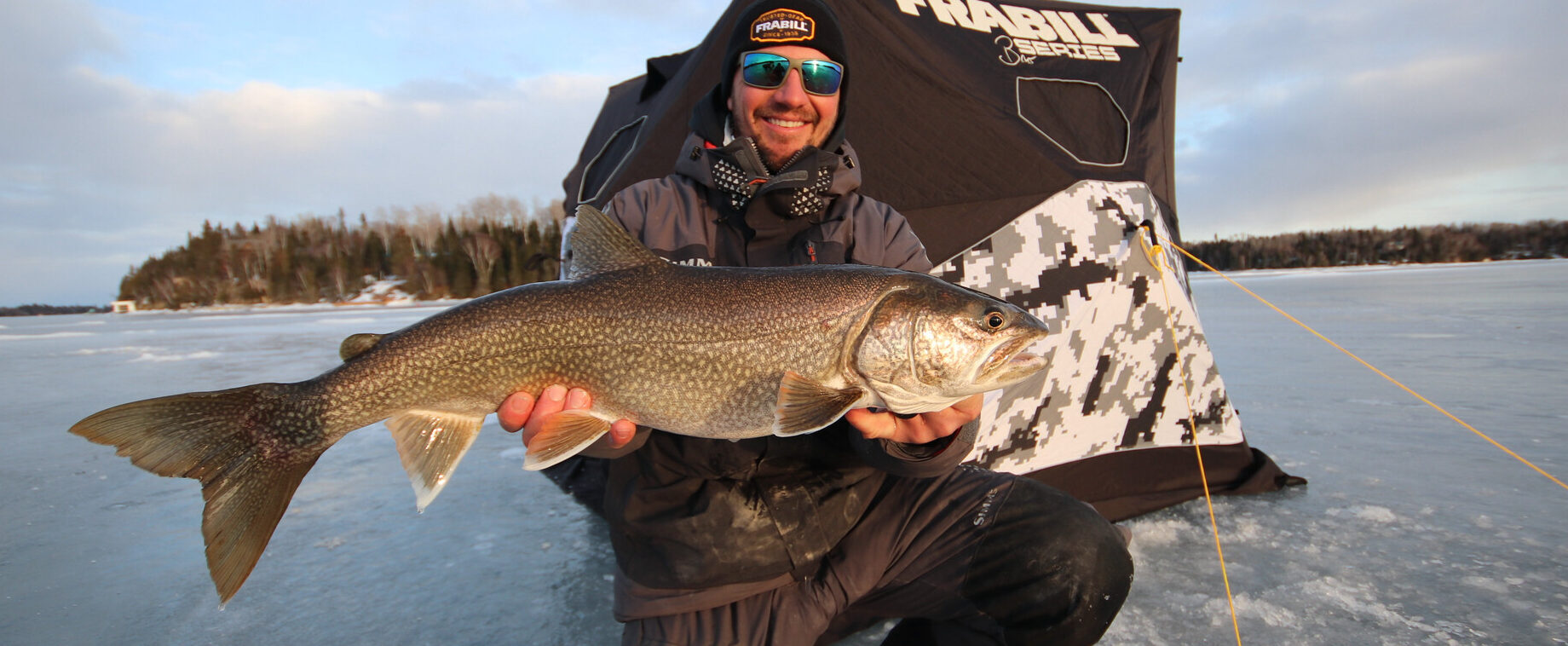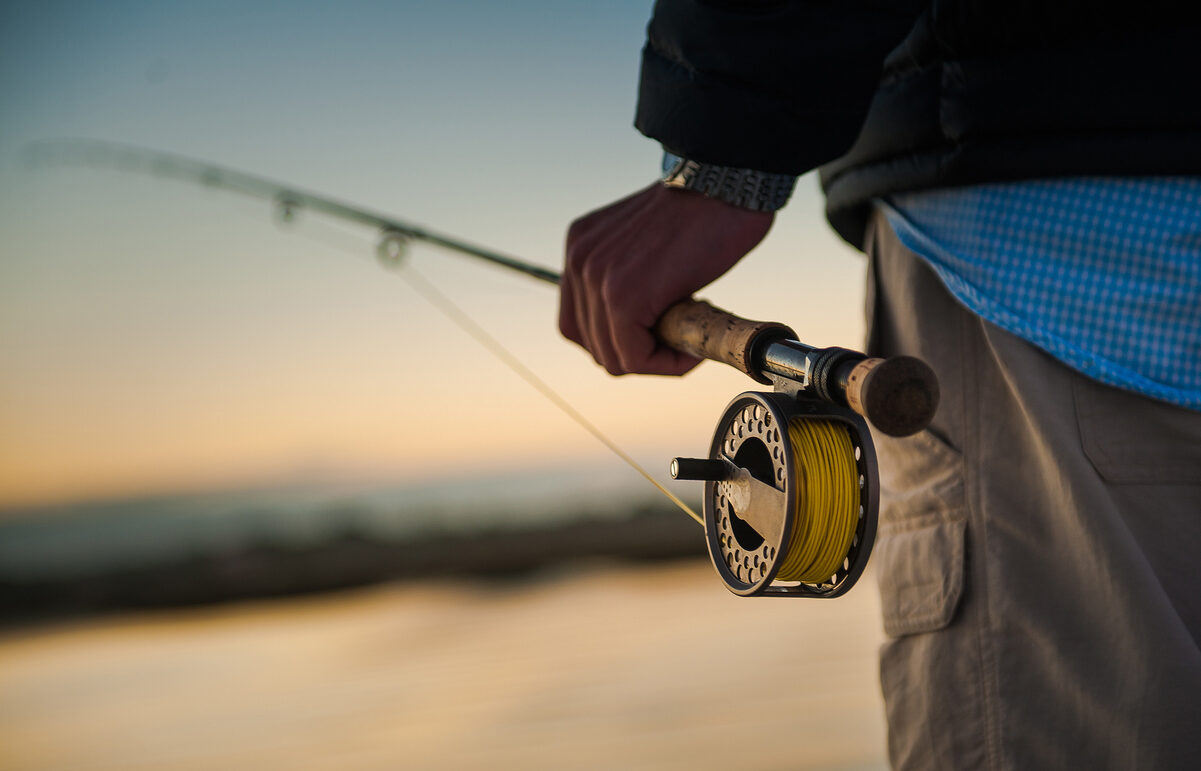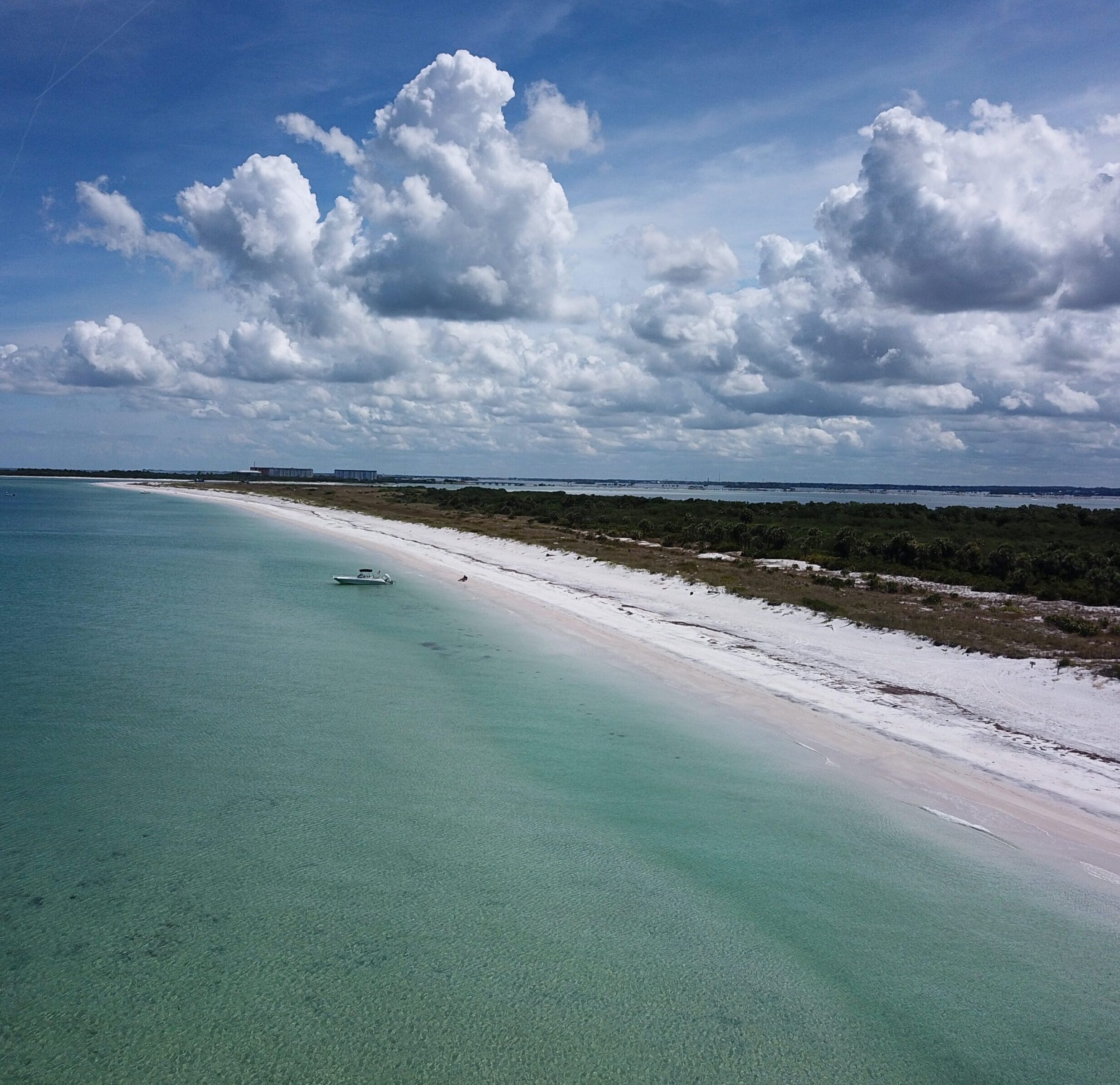Predator fishing is an exciting and rewarding activity that attracts many anglers worldwide. Targeting fish such as pike, bass, and walleye can be challenging, but with the right techniques and knowledge, you can significantly increase your chances of success. Here are some expert tips to help you master the art of predator fishing.
1. Understand Your Target Species
Each predator fish has unique habits and preferences. Understanding these can make a big difference in your fishing success. For example:
- Pike: Prefer cooler waters and are often found near weed beds, logs, and other structures where they can ambush prey.
- Bass: Are known for their aggressive behavior and are often found in warmer waters, around rocks, docks, and submerged vegetation.
- Walleye: Prefer deeper waters and are more active during low light conditions, such as dawn and dusk.
2. Choose the Right Equipment
Using the appropriate gear is crucial. Here’s what professionals recommend:
- Rods and Reels: Use medium to heavy rods with a strong backbone for larger predators. Baitcasting reels are preferred for their accuracy and power.
- Lines: Braided lines are strong and sensitive, making them ideal for predator fishing. Fluorocarbon leaders can help prevent bite-offs from toothy fish like pike.
- Lures and Baits: Use lures that mimic the natural prey of the target species. Crankbaits, spinnerbaits, and soft plastics are popular choices.
3. Master the Art of Casting and Retrieval
Proper casting and retrieval techniques can make your lures more attractive to predators. Professionals suggest:
- Long Casts: Cover more water and reach distant structures where predators might be hiding.
- Varied Retrieval Speeds: Changing the speed and pattern of your retrieval can trigger more strikes. Try a stop-and-go retrieve or a steady, fast retrieve to see what works best.
4. Pay Attention to Weather and Water Conditions
Predator fish are influenced by environmental factors. Keep these in mind:
- Weather: Overcast days are often better for predator fishing, as low light conditions make fish more likely to venture out from cover.
- Water Temperature: Predators are more active in certain temperature ranges. For example, pike prefer cooler waters, while bass thrive in warmer temperatures.
- Water Clarity: In clear water, use natural-colored lures. In murky water, brighter lures can help attract fish.
5. Stay Patient and Observant
Patience and observation are key to successful predator fishing. Here are some tips:
- Watch for Signs of Activity: Look for baitfish jumping out of the water or birds diving, which can indicate the presence of predators.
- Be Prepared to Move: If you’re not having any luck in one spot, don’t be afraid to move around and try different locations.
6. Learn from the Experts
Finally, learning from experienced anglers can provide valuable insights. Join fishing clubs, participate in forums, and watch instructional videos to expand your knowledge.
Predator fishing can be challenging, but with the right techniques and equipment, you can improve your chances of success. By understanding your target species, using the appropriate gear, mastering casting and retrieval techniques, paying attention to weather and water conditions, staying patient, and learning from experts, you’ll be well on your way to becoming a successful predator angler. Happy fishing!


